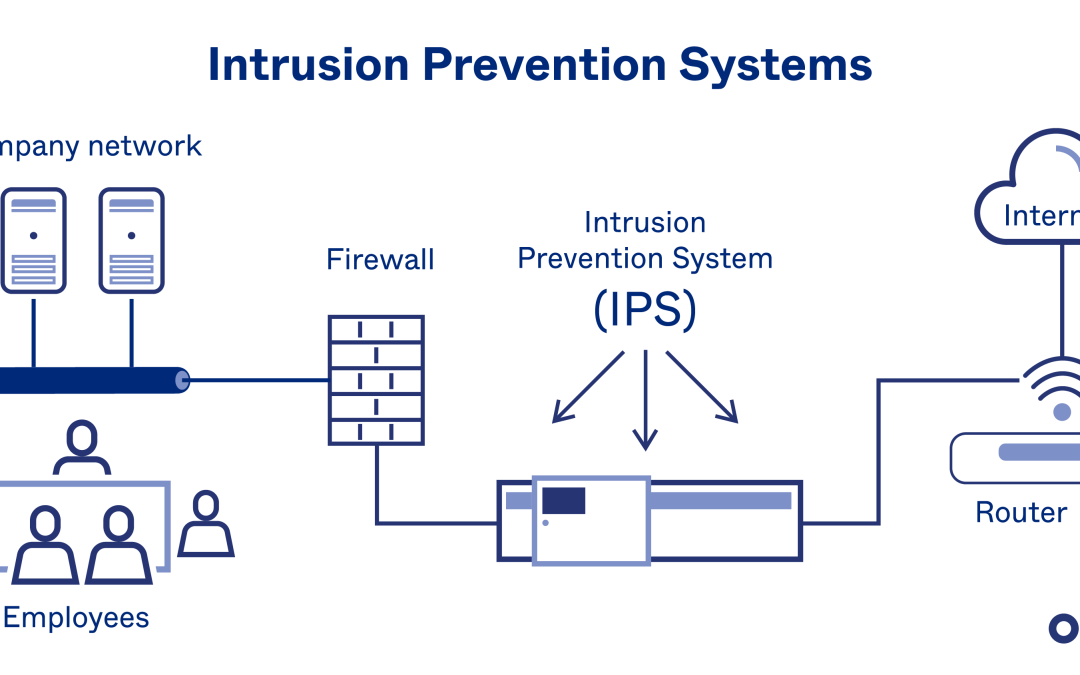In today’s digital age, selecting the appropriate technology stack for your business software is crucial. It’s like choosing the right ingredients for a recipe; each component plays a significant role in the final product’s success. So, let’s dive into the essential factors you should consider when determining the perfect technology stack for your business software.
What is the Technology Stack?
A technology stack refers to a combination of programming languages, frameworks, libraries, and tools used to develop and deploy software applications. Think of it as a set of building blocks that work together to create a functional and cohesive system. Each layer of the stack serves a specific purpose, from handling server-side logic to managing user interfaces. Choosing the right technology stack is crucial as it determines the scalability, performance, and flexibility of your business software.

Understanding Your Requirements
Before delving into the specifics of technology stacks, it’s essential to understand your business’s unique needs and goals. Take the time to:
-
Assess Your Business Needs:
Understand what functionalities your software requires and how it will support your business processes.
-
Consider Scalability:
Will your software need to handle increased usage or data loads in the future?
-
Evaluate Budget and Timeframe:
Determine the resources available for development and deployment.
Factors to Consider
1. Project Complexity
The complexity of your project will influence the technology stack you choose. Consider:
-
Simple Projects:
For basic web applications or MVPs, lightweight frameworks like Flask or Express.js may suffice.
-
Complex Projects:
Enterprise-level applications may require robust frameworks like Django or Spring Boot for scalability and security.
2. Technical Expertise
Assess the skills of your development team and consider:
-
Familiarity:
Choose technologies that your team is comfortable with to expedite development.
-
Training:
If new technologies are needed, factor in the time and resources required for training.
3. Performance and Scalability
Ensure your technology stack can handle your software’s expected load and growth:
-
Scalability:
Consider technologies that support horizontal scaling to accommodate increasing user loads.
-
Performance:
Evaluate frameworks and languages known for their efficiency and speed, such as Node.js or Golang.
4. Community and Support
The strength of the community behind a technology stack can greatly impact your development process:
-
Active Community:
Opt for technologies with active developer communities for ongoing support and updates.
-
Documentation:
Ensure comprehensive documentation is available for quick reference and troubleshooting.
5. Integration Capabilities
Consider how your software will integrate with existing systems and third-party services:
-
API Support:
Look for technologies that offer robust API support for seamless integration with other applications.
-
Compatibility:
Ensure compatibility with existing databases, tools, and platforms used within your organization.
6. Security
Security is paramount in today’s digital landscape:
-
Built-in Security Features:
Choose technologies with built-in security features and follow best practices for secure development.
-
Regular Updates:
Opt for technologies that receive regular security updates to protect against vulnerabilities.
7. Long-term Maintenance
Consider the long-term maintenance and sustainability of your technology stack:
-
Vendor Support:
Choose technologies backed by reputable vendors with a track record of providing long-term support.
-
Future-proofing:
Select technologies that are likely to remain relevant and supported in the future.
Conclusion
Choosing the right technology stack for your business software is a pivotal decision that requires careful consideration. By understanding your requirements, assessing factors like project complexity, technical expertise, performance, support, integration capabilities, security, and long-term maintenance, you can make an informed decision that aligns with your business objectives. Remember, the perfect technology stack is not a one-size-fits-all solution; it’s about finding the combination that best suits your specific needs and goals.
The adept team of developers at Enterprise Systems can assess your project’s needs and recommend the optimal tools to craft a scalable and robust technology stack. With their expertise, you can propel your business ahead of the competition and ensure sustained success in the digital realm.


Recent Comments